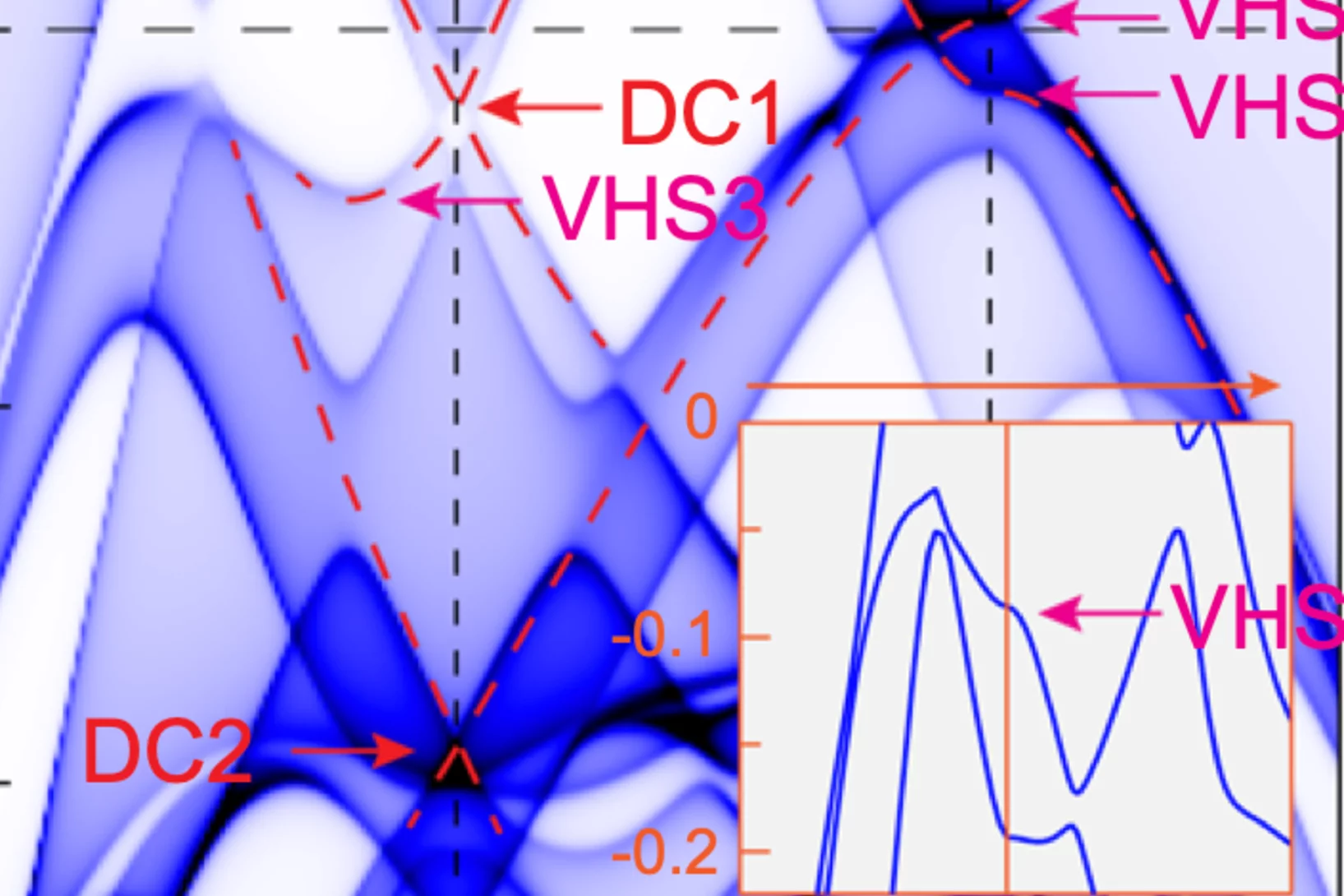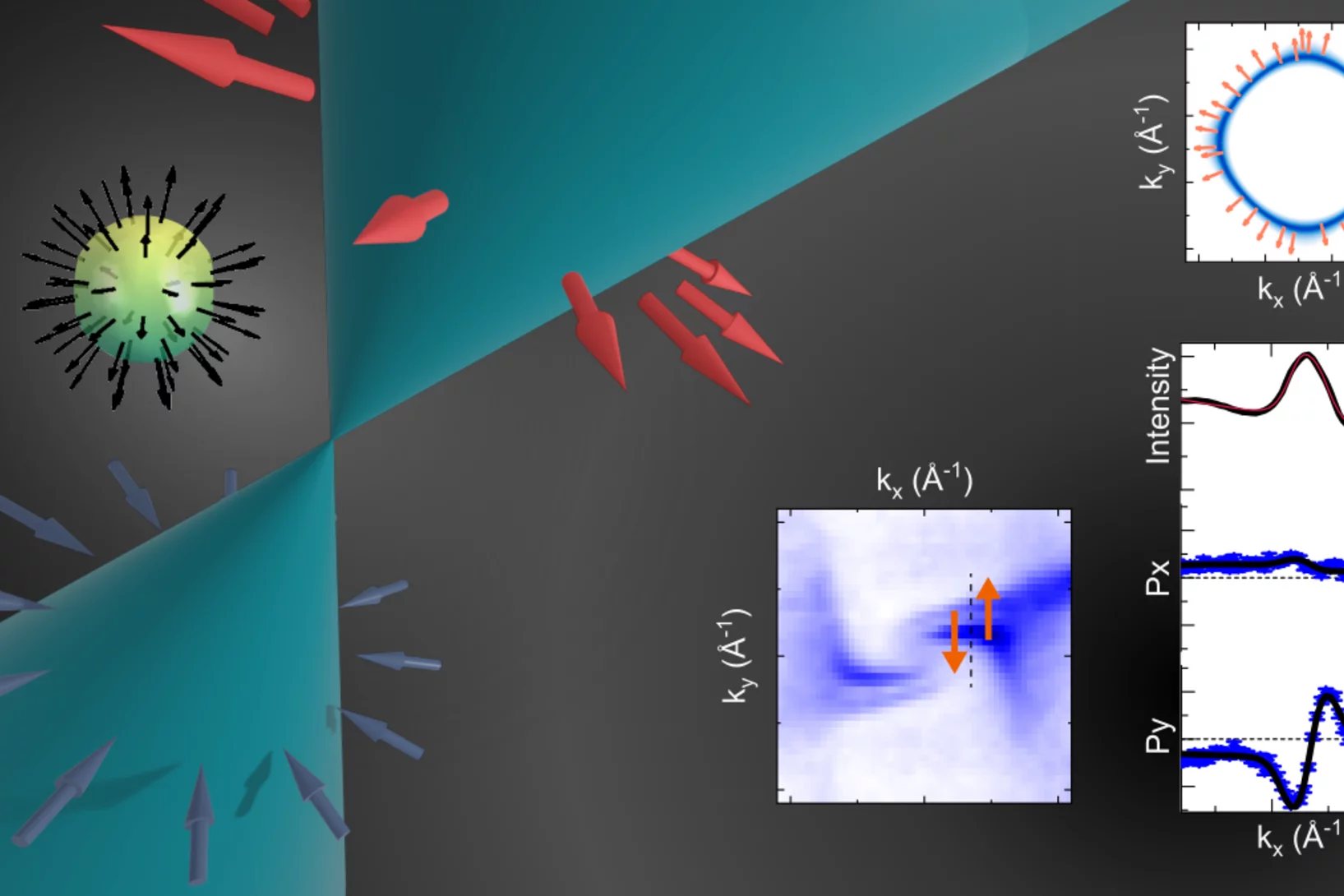
Spectroscopy of Quantum Materials Group
The Spectroscopy of Quantum Materials group uses advanced spectroscopic techniques to study electronic structure, low-energy excitations and correlation effects in a broad range of complex material systems exhibiting surprising and useful properties. These include high-temperature superconductors, low-dimensional magnets, colossal magnetoresistors, topological insulators, oxide thin films, interfaces between oxide materials, and oxide heterostructures. We operate two beamlines with two endstations each.
The SIS beamline offers low-temperature high-resolution angle-resolved photoemission spectroscopy (ARPES) and spin-resolved ARPES with photon energies in the VUV to soft X-ray regime (10-800 eV). The ADRESS beamline operates in the soft X-ray range (300-1600 eV) and hosts resonant inelastic x-ray scattering (RIXS) and soft x-ray ARPES endstations. Additionally, part of our research makes use of a dedicated pulsed laser deposition (PLD) chamber for in situ studies of thin films, interfaces, and heterostructures. Collectively, these techniques give us the ability to probe surface and bulk properties of complex materials and to visualize the interplay of the electrons with spin, lattice, and orbital degrees of freedom.
News
Magnetismus in dünnen Schichten: Ein Elektron macht den Unterschied
Ein wichtiger Schritt zu neuartigen Computerspeichern
Phonon promoted charge density wave in topological kagome metal ScV6Sn6
Charge density wave (CDW) orders in vanadium-based kagome metals have recently received tremendous attention, yet their origin remains a topic of debate. The discovery of ScV6Sn6, a bilayer kagome metal featuring an intriguing √3 × √3 × √3 CDW order, offers a novel platform to explore the underlying mechanism behind the unconventional CDW. Here we combine ...
Weyl spin-momentum locking in a chiral topological semimetal
Spin–orbit coupling in noncentrosymmetric crystals leads to spin–momentum locking – a directional relationship between an electron’s spin angular momentum and its linear momentum. Isotropic orthogonal Rashba spin–momentum locking has been studied for decades, while its counterpart, isotropic parallel Weyl spin–momentum locking has remained elusive in experiments. Theory predicts ...


